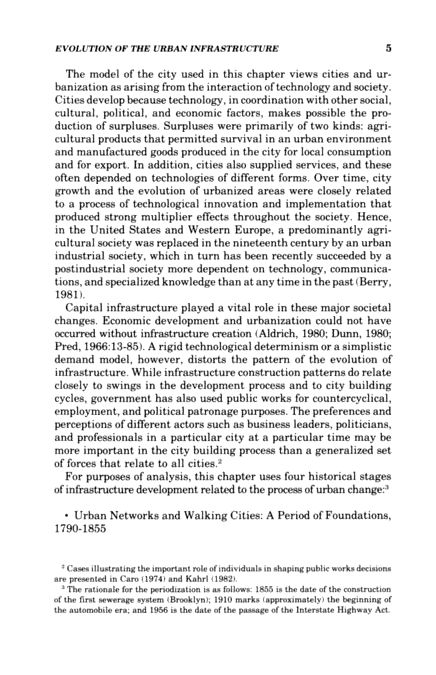What is Public Infrastructure?
Public infrastructure refers to infrastructure facilities, systems, and structures that are owned and operated by the “;;public,” i.e., the government. It includes all infrastructural facilities that are open to the general public for use. Infrastructure includes all essential systems and facilities that facilitate the smooth flow of an economy’s day-to-day activities and enhance the people’s standard of livingHuman Development IndexThe Human Development Index (HDI) is a statistical measure (composite index) developed by the United Nations to assess the social and economic development of countries around the world. The HDI considers three indicators of human development, namely, life expectancy, education, and per capita income.. It includes basic facilities such as roads, water supply, electricity, and telecommunications.
Continue reading “Public Infrastructure – Definition, Examples and Types, Financing”


